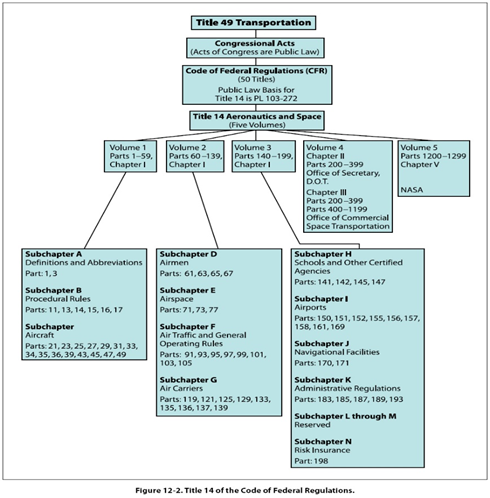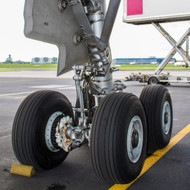FAA Repair Stations FAR Part 145
31st Aug 2015
Regulations, regulations, regulations, my gosh, will it ever stop? Enough with the bureaucracy already. But wait, we’re talking about people flying in airplanes. I’m okay with that. Make all the rules you want. Some of my favorites is limiting a cargo compartment on a passenger airplane to 25 kilos of dangerous goods, lithium metal batteries prohibited on passenger airplanes, notifying passengers at check-in, HazMat prohibited, keep ‘em coming!
There are a lot more regulations behind the scenes. More than the general public is aware. Of course in our world we have 49 CFR (Code of Federal Regulations). There are 50 Titles to this Code of Federal Regulations. Title 49 just happens to be the one that regulates HazMat in transportation – It regulates all modes, Air, Rail, Highway, and Ocean. With the exception of the Coast Guard, the actions and policies of the others are carefully and painfully scrutinized by departments within the government appropriately called “Administrations.” FMCSA, FRA, and yes, The Federal Aviation Administration. They write regulations and how! The FAA’s baby, called, Title 14 has a whole bunch of parts. The family tree looks something like this.

Part 121 is for the big boys. Part 135 is for commuters. Part 29 is for helicopters. They even have a part for commercial space travel – Part 400. And deep within the bowels of this monstrosity lays Part 145. Certified Repair Stations. Finally, it's where the rubber meets the road. To become a member of this elite club one must go through a five phase application process. To help you through the madness the FAA provides a guideline document shown here.
Within the guidance document they describe the necessary training. Section 301 describes the specific training requirements for a repair station. It includes CFR requirements. And we know all too well 49CFR, Section 172.704.
(a) Hazmat employee training must include the following:
(1) General awareness/familiarization training.
(2) Function-specific training.
(3) Safety training.
(4) Security awareness training.
(5) In-depth security training.

Although all subjects are required, it’s the Function Specific Training that jumps out at me. I always tell people your function specific training should mirror your job description. If it doesn’t, one of them is wrong. In the FAA Guidance document above, Section 301 b.(3), says, the training shall include the requirements of the DOT, OSHA, and the EPA. They also add a note, “Do not confuse employee HAZMAT familiarization and training with the Regulatory requirement of DOT 49 CFR section 171.8 “hazmat employee/hazmat employer” training standards, which requires mandatory HAZMAT training for those personnel engaged in the shipping of hazardous materials.”
A Certified Repair Station is unique to the airline industry and to our world of shipping Dangerous Goods. A repair station routinely ships Engines, Fuel Control Units / Other Fuel components (i.e. bladders, probes, etc.), Fuel Samples (Gasoline & jet Fuel), Life Vests / Life Rafts (Life Saving Appliances), Paint, Adhesives, Aerosols, Consumer Commodities, Aircraft Batteries (Wet Acid/Alkali), Compressed Gas (Nitrogen, Oxygen, etc.) in Cylinders and other materials unique to the airline industry.
At DGI we have an App for that and all your training needs. DGI offers Function Specific Training for 14CFR, Part 145 Repair Stations and any other training necessary to ensure you’re compliant with the myriad of regulations. regardless of the mode of transport: Air, Ground, or Ocean.


